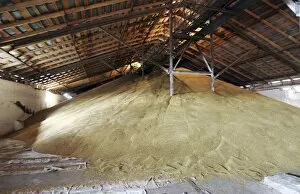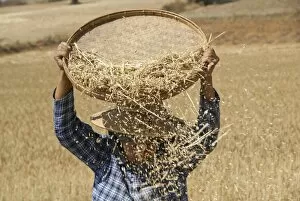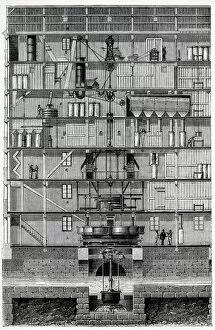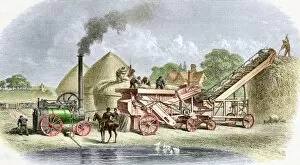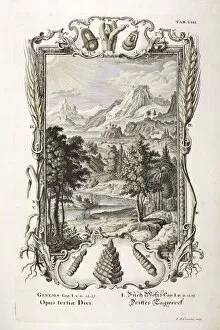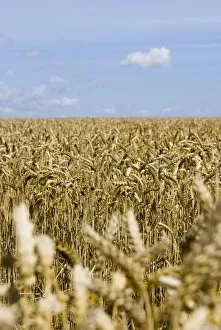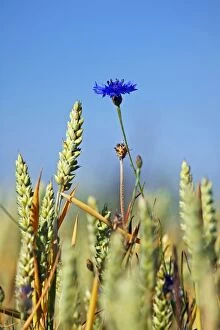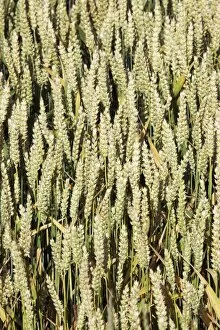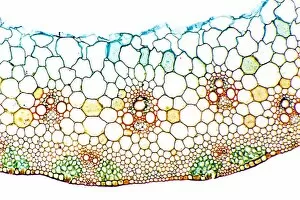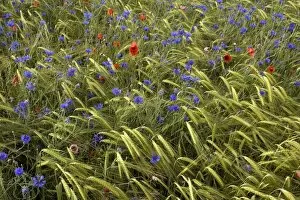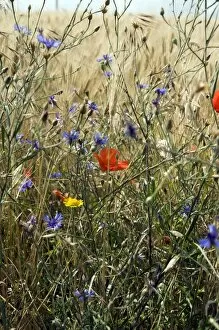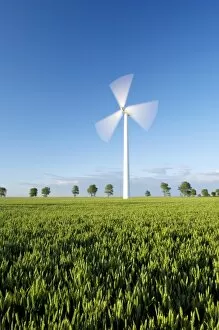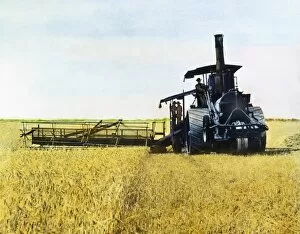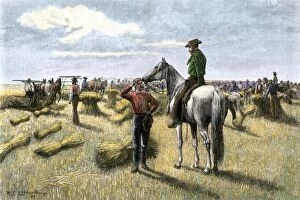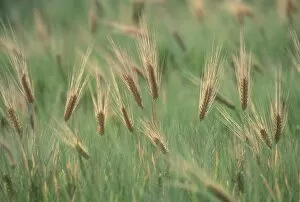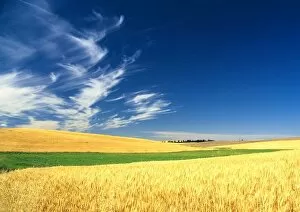Wheat Collection (#80)
"Wheat: The Golden Grain that Sustains Nations and Inspires Art" Wheat, a staple crop of immense significance, has been intertwined with human civilization for centuries
For sale as Licensed Images
Choose your image, Select your licence and Download the media
"Wheat: The Golden Grain that Sustains Nations and Inspires Art" Wheat, a staple crop of immense significance, has been intertwined with human civilization for centuries. From the meticulously detailed Victorian botanical illustrations to the iconic painting "The Harvesters" by Pieter Bruegel the Elder in 1565, it has captured our imagination and inspired countless works of art. In the picturesque countryside of Wiltshire, England, United Kingdom, Europe, fields of golden wheat sway gently under the summer sun. Here, modern machinery like Ford tractors and Cls combines work tirelessly during harvest season to ensure a bountiful yield. The sight of these massive machines effortlessly gliding through endless stretches of a testament to human ingenuity and progress. As we delve deeper into history, we find ourselves transported to Norfolk in August where brown hares frolic amidst wheat stubble. This harmonious coexistence between wildlife and agriculture showcases nature's delicate balance within agricultural landscapes. Across vast lands like Canada - famously depicted in "the right land for the right man" poster - wheat thrives abundantly. Threshing becomes an essential process as farmers employ steam threshers (as seen in a cross-section illustration) to separate grain from chaff efficiently, and is through such advancements that farming practices have evolved over time. Beyond its utilitarian value lies the symbolic beauty associated with this versatile grain. Triticum Vulgare or bread wheat stands tall as one of humanity's most cherished plants; its decorative loaf shaped like sheaves adorned with mice exemplifies both creativity and reverence towards this life-sustaining crop. Indeed, whether it be nourishing nations or inspiring artistic expression, wheat continues to hold an esteemed place in our lives. As we marvel at its resilience throughout history – from ancient civilizations' reliance on it for sustenance to modern-day technological innovations – let us appreciate not only its practicality but also its ability to connect us to our agricultural roots.

